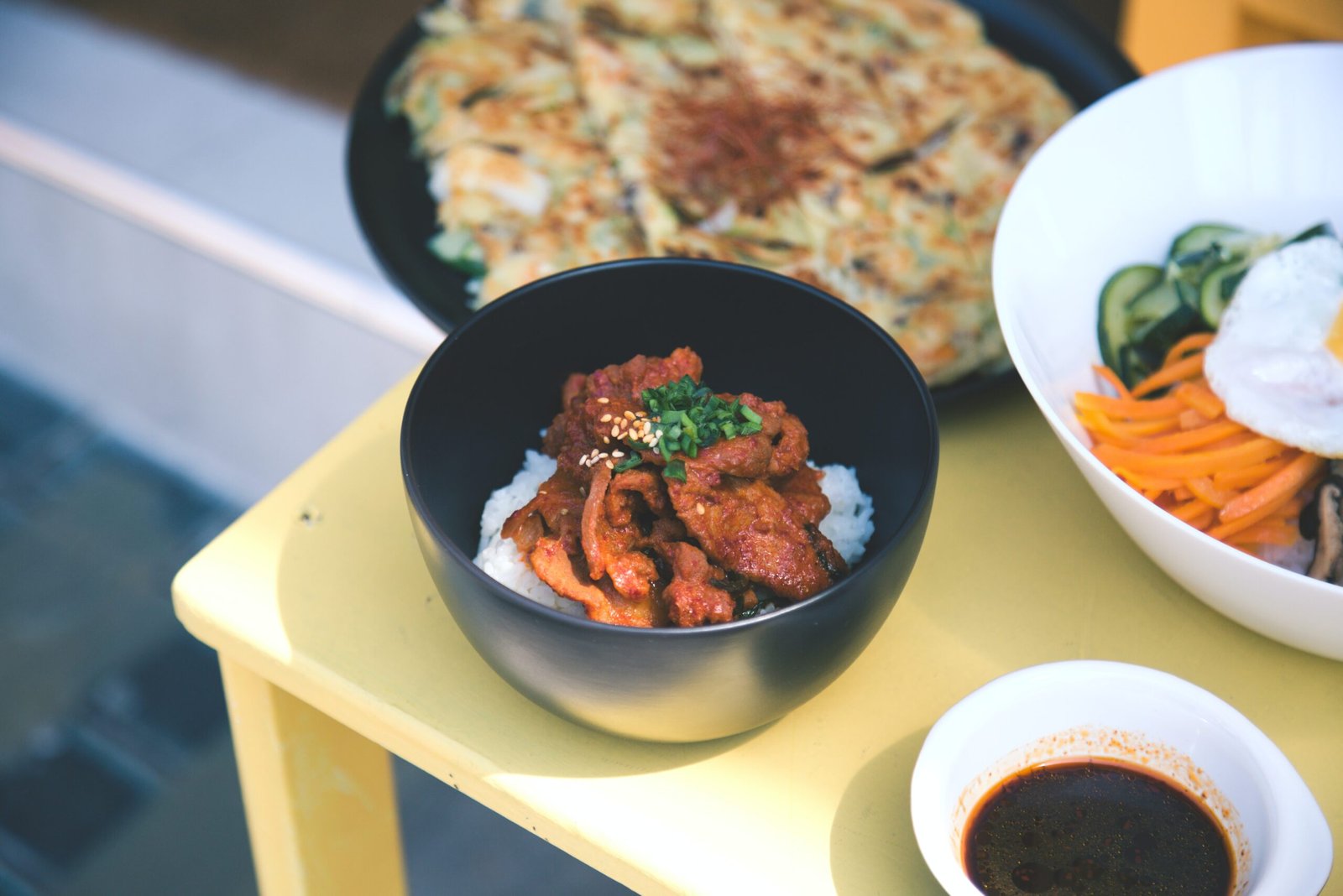Upma Recipe Without Onion And Garlic Easy Cooking Process
Know the details about the Upma Recipe Without Onion And Garlic Easy Cooking Process, Upma Recipe Without Onion And Garlic Home Cooking
Discover the Simplicity of Upma Without Onion and Garlic
Upma, a staple South Indian breakfast dish, is celebrated for its simplistic approach and comforting taste. This version, made without onion and garlic, adheres to the principles of sattvic diet, making it ideal for those observing specific dietary restrictions or looking for a light yet fulfilling meal. Explore the nuances of preparing this variant of Upma, from its history to a detailed cooking guide.
Upma Recipe Without Onion And Garlic Easy Cooking Process
About Upma Without Onion and Garlic
Traditionally, Upma is a savory porridge made from semolina (rava) cooked with a tempering of mustard seeds, curry leaves, and various seasonings. The omission of onion and garlic caters to a pure, sattvic lifestyle, emphasizing fresh and wholesome ingredients that promote physical and mental well-being.
History and Importance
Upma has roots tracing back to ancient India, originally conceived as a simple, nutritious meal for monks and those on spiritual journeys. Its evolution into mainstream cuisine has seen many variations, including the no onion and garlic version, which retains the dish’s essence while accommodating dietary observances.
Items Required List
To prepare Upma without onion and garlic, you will need:
- Semolina (Rava/Sooji): 1 cup
- Green Chilies: 2, slit (adjust to taste)
- Ginger: 1-inch piece, finely chopped
- Curry Leaves: 8-10
- Mustard Seeds: 1 teaspoon
- Urad Dal (Split Black Gram): 1 teaspoon
- Chana Dal (Split Chickpeas): 1 teaspoon
- Cashew Nuts (optional): 10-12
- Water: 2 cups
- Oil or Ghee: 2 tablespoons
- Salt: to taste
- Lemon Juice: 1 tablespoon (optional)
- Fresh Coriander Leaves: for garnishing
Nutritional Information List
A standard serving of Upma without onion and garlic approximately provides:
- Calories: 200-250 kcal
- Protein: 5 grams
- Carbohydrates: 45 grams
- Dietary Fiber: 2 grams
- Fats: 6 grams
Cooking Time and Preparation Time
- Preparation Time: 10 minutes
- Cooking Time: 15-20 minutes
Cooking Procedure Overview
Preparing Upma involves roasting semolina until golden, then cooking it with a flavorful tempering and water until the mixture becomes fluffy and soft.
Detailed, Step-by-Step Cooking Procedure
- Roast the Semolina: Heat a pan and dry roast the semolina on a medium flame until it turns light golden brown, stirring continuously to prevent burning. Remove it onto a plate and set aside.
- Prepare the Tempering: In the same pan, heat oil or ghee. Add mustard seeds and let them splutter. Then add urad dal, chana dal, cashew nuts (if using), green chilies, curry leaves, and finely chopped ginger. Sauté until the dals turn golden brown.
- Boil Water: Add water and salt to the pan and bring it to a rolling boil.
- Cook the Semolina: Lower the flame and gradually add the roasted semolina, stirring continuously to avoid lumps. Keep stirring until the water is absorbed and the Upma starts leaving the sides of the pan.
- Finish with Lemon Juice: Once cooked, turn off the flame and add lemon juice if desired. Stir well.
- Garnish and Serve: Garnish with chopped coriander leaves before serving.
Tips
- Ensure constant stirring while adding semolina to water to prevent lumps.
- Roasting semolina before cooking gives the Upma a wonderful texture and nutty flavor.
- Adjust the green chilies according to your spice preference.
Serving Procedure
Serve the Upma hot in a serving dish. It can be enjoyed as is or paired with coconut chutney or pickle for a tangy twist.
Serving Decoration Ideas
- Garnish with grated coconut or a sprinkle of roasted peanuts for an extra crunch.
- Decorate the serving dish with lemon wedges and a sprig of fresh coriander for a touch of color.
Things to Know
This version of Upma is perfect for days when you prefer a lighter meal or for occasions like religious fasts where onion and garlic are avoided.
FAQ
Q: Can I add vegetables to this Upma? A: Absolutely! You can include carrots, peas, or beans to make it more nutritious.
Q: How can I store leftover Upma? A: Leftover Upma can be refrigerated in an airtight container and reheated before serving.
Q: Is it necessary to use oil? Can I make it without fat? A: While oil or ghee adds to the flavor, you can reduce the amount or use a non-stick pan with minimal oil for a low-fat version.
Upma without onion and garlic is a testament to the versatility and adaptability of Indian cuisine. It respects dietary choices while providing a satiating and delicious meal, proving that simplicity often leads to the most satisfying experiences. Whether you’re new to Indian cooking or a seasoned chef, this recipe is sure to become a favorite in your culinary repertoire.

